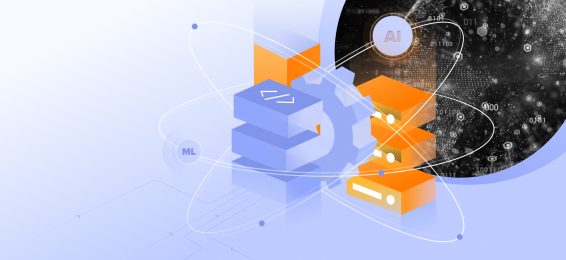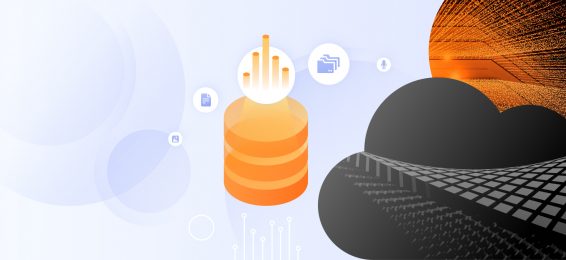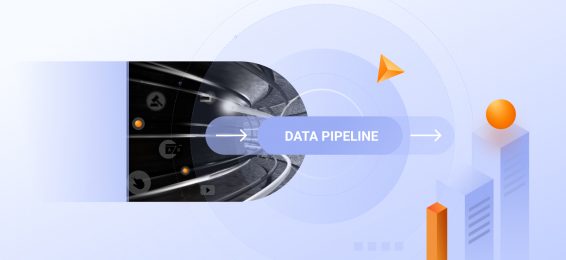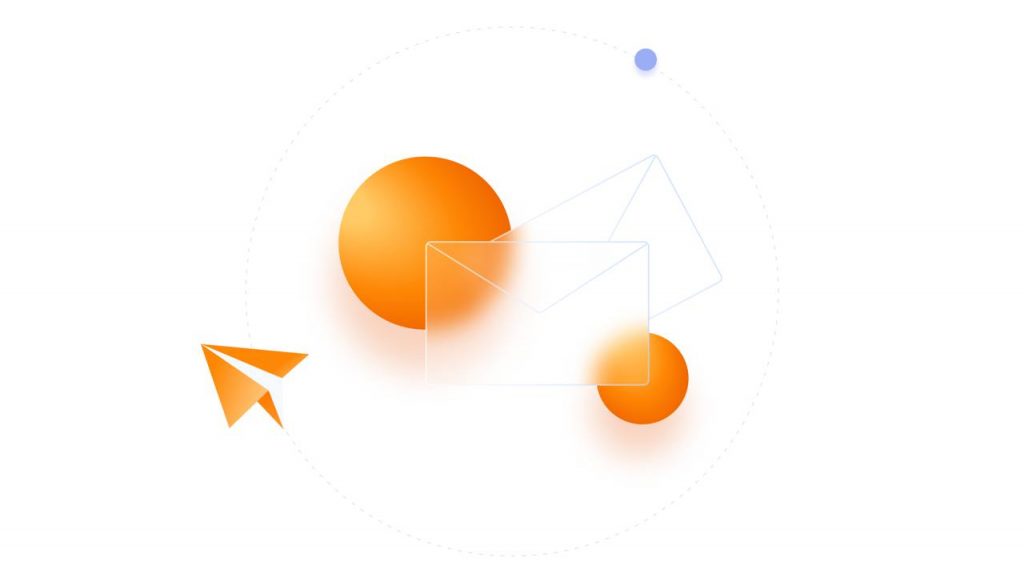For example, when analyzing sales data, a columnar database can quickly retrieve only the necessary columns, such as “product_id,” “sales_quantity,” and “total_revenue,” avoiding unnecessary data retrieval.
This efficiency makes columnar databases successful in managing large datasets and complex analytical queries and applicable in data warehousing, business intelligence, and machine learning applications.
Row vs column database
The key difference between row and column-oriented databases is how they store data. As the name suggests, a row database stores data in rows, while a column database stores data in columns.
Row databases are designed for transactional workloads where data is frequently inserted, updated, and deleted. They are optimized for quick random access to individual rows and are often used in online banking and e-commerce.
Column databases are optimized for analytical workloads that involve complex queries and large datasets. They store data in columns, allowing for efficient scanning of specific data points. A columnar storage is a standard choice for data warehousing, business intelligence, and machine learning applications.
The table below summarizes the key differences between row and column databases.
[wptb id=8165]
Applications of columnar databases
Columnar databases have become increasingly popular in various industries due to their efficiency in handling large datasets and complex analytical queries.
Here’s a short review of key applications of columnar data storages across different fields.
- Retail: analyzing customer purchase history to identify buying patterns, optimizing product recommendations, and predicting future sales trends.
- Healthcare: examining patient medical records to identify disease outbreaks, optimizing treatment plans, and conducting clinical research.
- Finance: detecting fraudulent transactions by analyzing historical data, managing risk by assessing market trends, and analyzing financial performance to identify areas for improvement.
- Manufacturing: analyzing production data to optimize manufacturing processes, identifying quality control issues, and predicting equipment failures.
- Consumer Packaged Goods (CPG): processing consumer purchase data to understand market trends, optimizing product launches, and targeting marketing campaigns.
- Media and advertising: examining audience behavior to understand content preferences, optimizing ad targeting, and managing content libraries.



